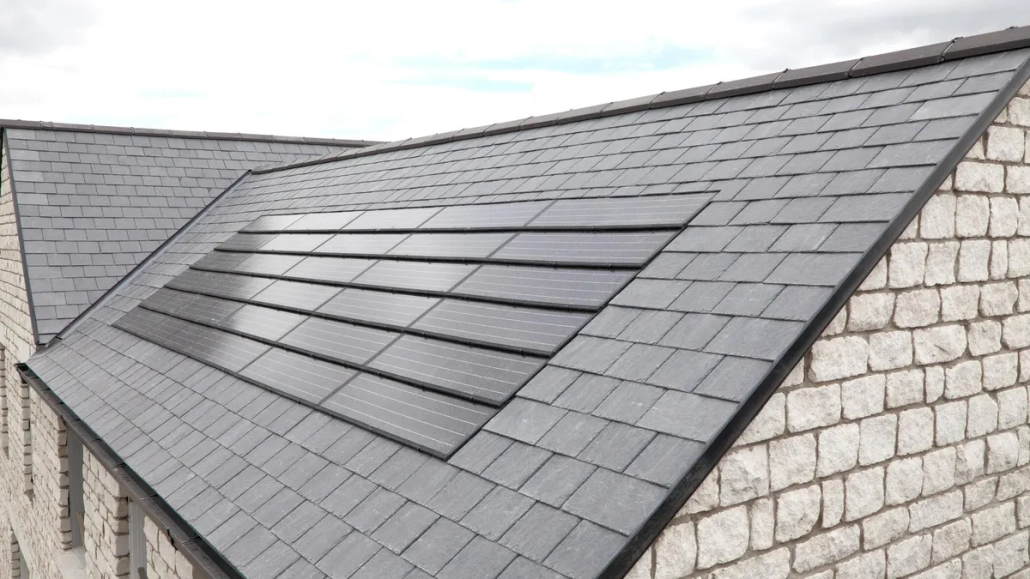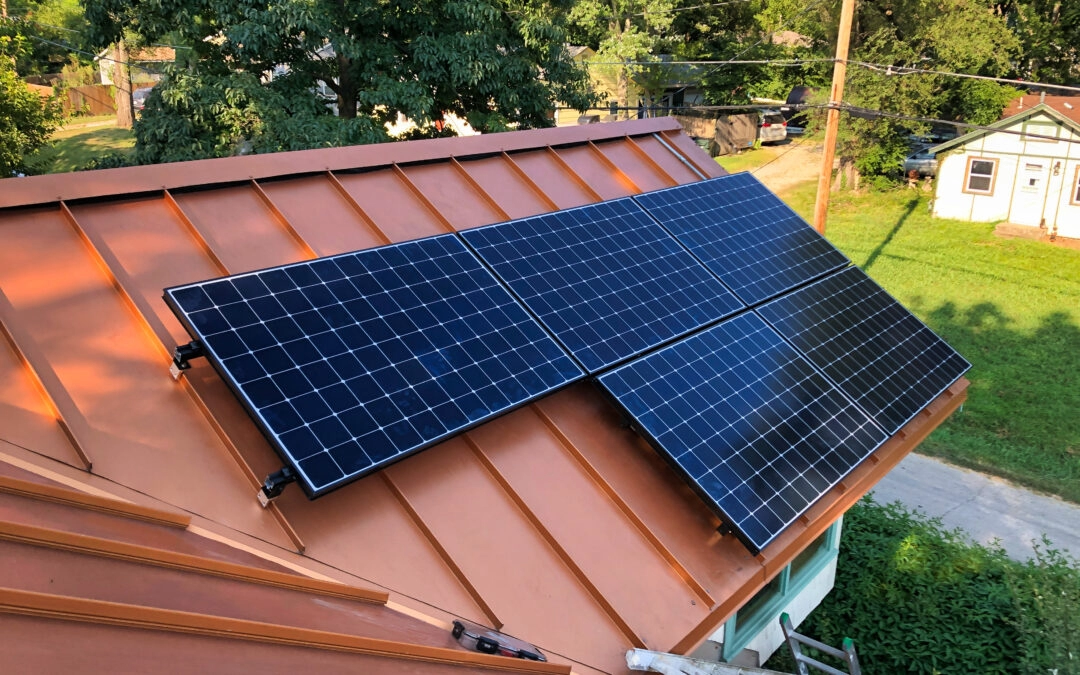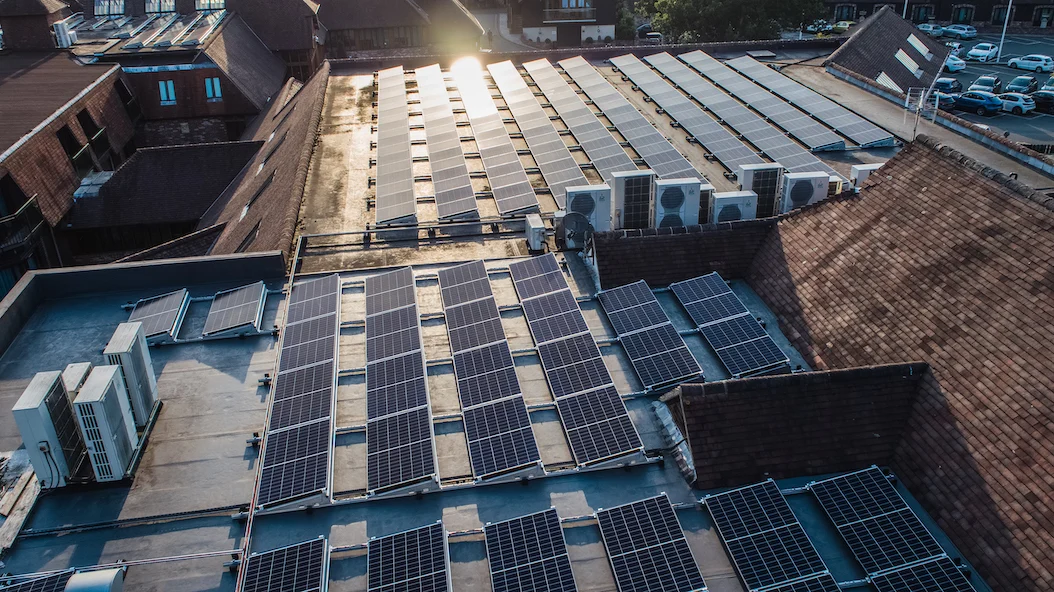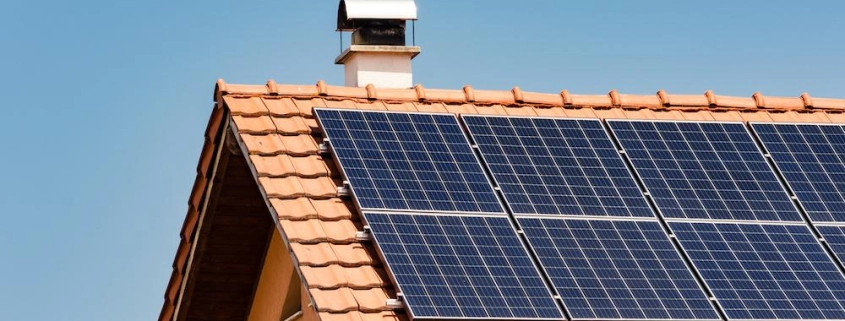How do different roof types impact a solar energy solutions for homeowners?
For homeowners choosing a solar solution, the roof is more than just a mounting surface; it’s a critical factor influencing efficiency, cost, and long-term performance. Each roof type presents unique challenges for solar installation, from asphalt shingles to metal sheets. This guide, combined with BARANA’s insights into custom solar design, shows how several common roof types impact solar energy solutions for homeowners.
The choice of roof type can significantly impact the feasibility and effectiveness of a solar solution. Factors such as roof slope, material durability, and structural integrity are key in determining the best solar setup. BARANA’s approach ensures that each installation is tailored to the homeowner’s specific roof type, maximizing energy output while minimizing potential issues.
Solar energy solutions for homeowners: Asphalt Shingle Roofs
Asphalt shingles dominate 80% of residential roofs in the U.S. due to their affordable price and ease of installation. For solar energy solutions for homeowners on this roof, solar panels are clipped directly onto the shingles without penetrating the roof. And, of course, BARANA’s modular panels can be easily removed/reinstalled. No need to worry about replacing shingles every 20-30 years. However, older or worn shingles may need reinforcement. BARANA’s thermal imaging surveys can prevent 92% of warranty claims related to roof stress by identifying weak spots before installation. In addition, asphalt shingles are relatively easy to repair or replace, making them a flexible option for solar installations.

Solar energy solutions for homeowners: Metal Roofs
Metal roofs are growing 8% per year in the U.S., which is good for solar but requires a specialized approach:
Mount Brackets: BARANA uses rubber gasket brackets to prevent electrochemical corrosion.
Snow Removal: Metal-pitched roofs above 35° may require snow guards to protect panels.
Energy Reflectivity: Cool roofs can increase panel efficiency by 4-6% by reducing ambient heat.
A cabin in Colorado with a standing seam metal roof achieved a 22% annual energy surplus using BARANA’s aerodynamic, low-profile brackets. Metal roofs are highly durable and last decades, making them an excellent long-term investment in a homeowner’s solar solution. Their reflective properties also help keep homes cooler, which reduces overall energy consumption.

Commercial Flat Roofs
Commercial flat roofs are typical on urban rowhouses and allow for creative homeowner solar solutions:
Tilt Optimization: Using a 10°–30° mount on this type of roof can increase output by 18% compared to a flush mount.
Weight Distribution: BARANA’s water-filled ballast blocks eliminate roof penetrations.
A Brooklyn brownstone uses BARANA’s tilt-adjustable system to combat winter shading from neighboring buildings, saving thousands of dollars annually. Flat roofs offer flexibility in panel placement for optimal sun exposure. However, they require careful planning to ensure proper drainage and weight distribution. BARANA’s mounting solutions address these challenges, providing homeowners with an efficient and reliable homeowner solar solution.

The Impact of Roof Slope and Orientation
In addition to a few common roof types, roof slope, and orientation can directly impact a homeowner’s solar solution’s performance. Roof slope determines how much sunlight the solar panels receive throughout the day, and flat roofs may perform well in areas with abundant sun exposure, such as southern Europe or parts of the United States.
Orientation is another critical factor that homeowners must consider when planning a solar installation. Ideally, solar panels should face due south in the northern hemisphere to capture the maximum amount of sunlight. In Europe, building designs and roof orientations can vary widely. For example, an east—or west-facing roof may produce higher energy in the morning or evening but lower overall production compared to a south-facing installation. However, adjustments such as tilting the panels or using microinverters can help reduce these losses.
In addition, the pitch and orientation of the roof can also impact. Steep roofs may require a specialized mounting system that conforms to the roof angle, while flat roofs may use a combination of ballasted mounts and adjustable mounts to optimize the panel tilt. The system may also perform poorly if it does not match the roof characteristics. By analyzing these factors, BARANA’s installers can tailor solar energy solutions for homeowners for homeowners in different regions.
Solar Technology Advancements and System Optimization
Advanced components such as high-efficiency solar panels, smart inverters, and intelligent monitoring systems are at the heart of solar energy solutions for homeowners. These technologies ensure solar systems are optimized for various roof types, improving performance and reliability in different environmental conditions.
Developing high-efficiency photovoltaic panels allows them to perform well even in low-light conditions, which is particularly important in Europe, where sunlight intensity varies significantly throughout the year. These systems are combined with intelligent inverters to provide stable, high-quality energy output while minimizing energy losses. In addition to hardware improvements, innovative mounting techniques and customizable mounting solutions allow solar systems to adapt to various roof types.
Meeting Different Roof Types
Roof type is not a barrier to a homeowner’s solar solution but is a design parameter. BARANA’s years of experience share multiple factors (materials, slope, age, load capacity, etc.) that help provide solar plans for homeowners more accurately. Whether retrofitting a historic slate roof or optimizing a suburban asphalt setting, the right approach can transform a roof into a lasting energy asset.



